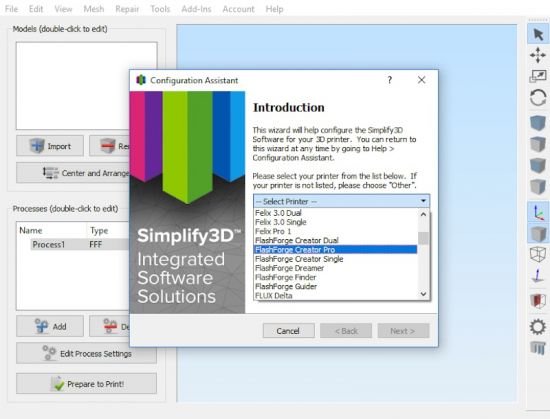
What this setting does is stop extrusion just before the end of your layers so the final extrusion of material is completed using the remaining pressure in your nozzle. The less your retraction length, the less heated air can affect your 3D prints. You’ll usually hear a popping sound from the heated air even if your filament is dry, so the blob of filament can occur from this reason. What happens when your retract settings are too high (retracting too many millimeters), the filament gets retracted along with a bit of air, so when your nozzle tries to extrude the air gets heated and causes a reaction which results in these blobs.

It then pushes the retracted filament back through the nozzle to begin extruding again in the new location. When your nozzle moves, there is a ‘pullback’ of filament back through the Bowden tube which is done so filament doesn’t leak out between each print head movement. This can occur when you are retracting too much for the material, taking into account your speed and heat settings which can also have an affect. If you aren’t familiar with retraction settings, you might have it set incorrectly to a point where it causes these blobs and zits. For blobs that happen as soon as the layer change happens, it usually boils that to your retraction settings. Filament under pressure in extruder (over extrusion)ĭepending on where you are finding these blobs, it can mean a different solution is needed.So first, let’s get into each reported cause of blobs and zits on 3D prints then put the applied solution. In order to fix these imperfections on our 3D prints, we need to identify the direct cause of them then we can properly tackle the problem with a unique solution. Many people wonder why their 3D prints are bumpy, whether in the middle of the 3D print or on the first layer. There are quite a few areas where you can get blobs, but the common times are either on the first layer or at a layer change. They are also even referred to as warts or bumps. The important thing to ask is, what causes blobs or zits on 3D prints, whether it’s the first layer, your nozzle or on corners. 3.3 Balance Printer Settings Causes & Solutions of Blobs/Zits on 3D Prints


 0 kommentar(er)
0 kommentar(er)
